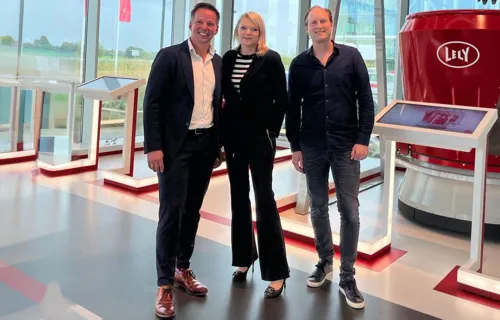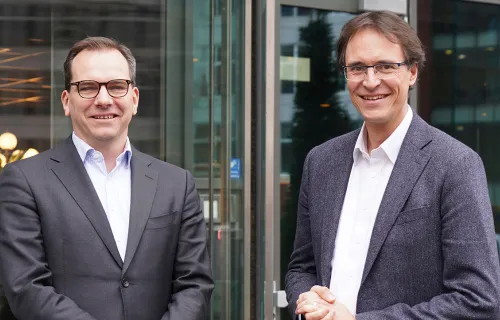Link naar blog in het Nederlands
Each year, CGI conducts about 1,700 interviews [1] with clients worldwide to hear about their top trends and priorities. As shown in Figure 1, improving the customer experience remains a priority for retailers, both in business and IT. This priority was already number one in previous years. This is logical, given that the needs of consumers are evolving rapidly and the complexity of responding adequately is increasing.
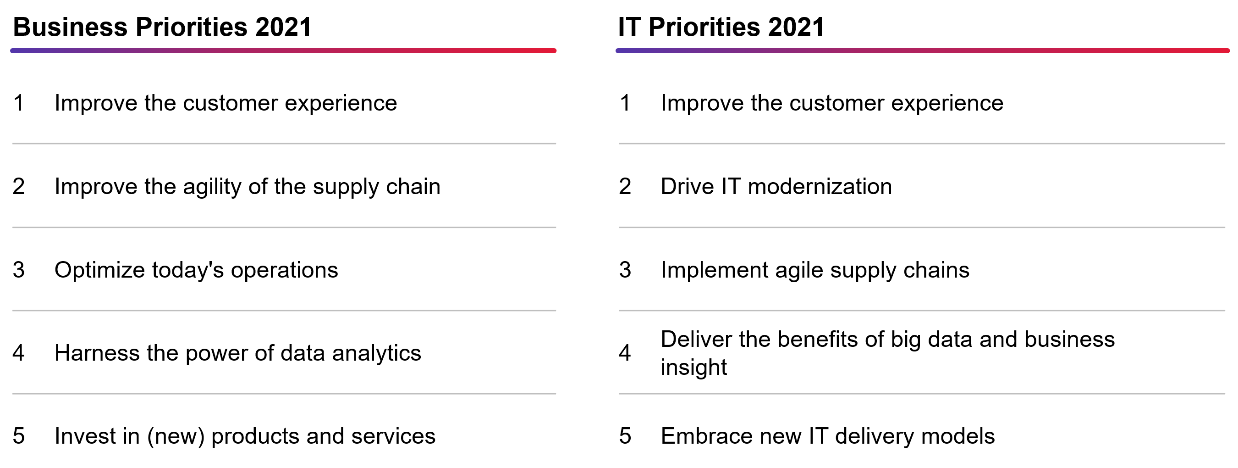
FIGURE 1 – TOP 5 Priorities (by impact)
How can organizations future-proof their CX strategy and ensure that they can at least keep up with consumer needs and expectations, and maybe even stay one step ahead? I see that adopting a Total Experience strategy, driven by insights (instead of just data) can serve as a foundation. In this blog, I will describe three essential steps you can take to prepare yourself for success.
What is Total Experience?
Total Experience (TX) is a term that research and consultancy firm Gartner describes as a bundle of four disciplines: customer experience (CX), user experience (UX), employee experience (EX) and multiple experience (MX), to create a better experience for consumers and employees.
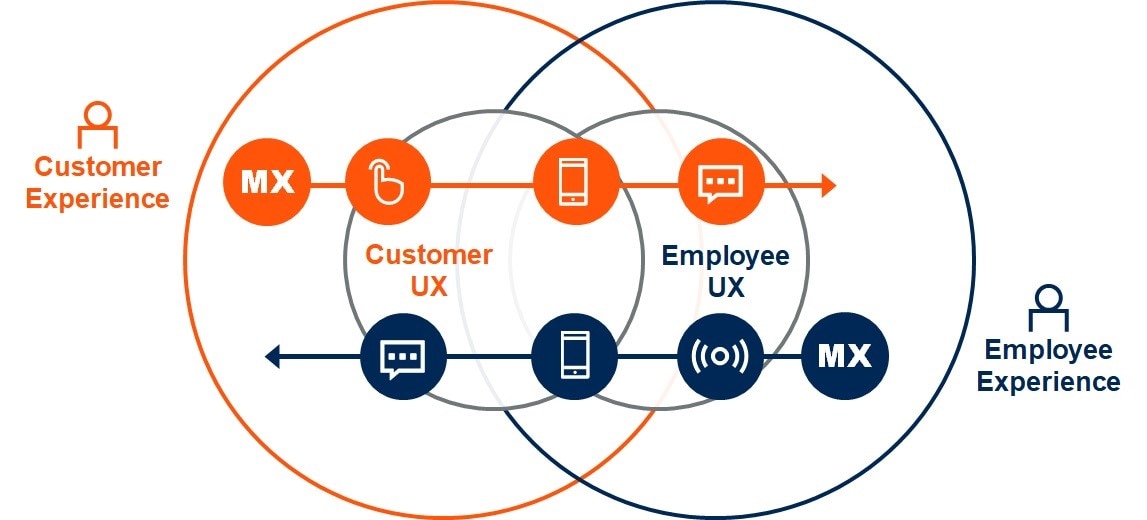
FIGURE 2 – Connecting MX, UX, CX and EX to TX Strategy (bron: Gartner)
Success in the digital experience economy requires a "total experience" is what Jason Wong, Distinguished VP Analyst wrote about in one of his blogs [2]. In fact, Gartner's Top Strategic Technology Trends for 2022 reporting [3] predicts that by 2026, 60% of larger enterprises will use Total Experience to transform their operations to achieve the highest possible level of customer and employee advocacy.
The power of the customer
The most common definition for TX is the way in which customers experience a brand, product and/or service along all relevant touchpoints - traditionally this was primarily during the moment of purchase and interaction with a salesperson or customer service representative. In this blog I will further refer to the 'customer', which can then be used to read consumers as well as employees and other users. Let's start by taking a closer look at why this customer perspective is so important.
The first thing we need to fully understand is that companies no longer have absolute power in the dynamics between seller and buyer (or seller and recipient, or employer and employee). The reason for this is twofold and interrelated.
First, customers have access to a plethora of options and alternatives. Today's online world not only makes products, services and even jobs available around the world, but provides access to a variety of resources to do your own research and gather relevant insights.
The other side of the coin is social media. Like it or not, the way customers interact with brands, companies and organizations has changed dramatically. It is no longer up to labels and brands to tell their customers who they are, but the customer tells you who you are and what you stand for. This is underlined by the fact that two out of three consumers believe they can force a brand to change (Edelman, 2021). The biggest (and for some, most frightening) part of all this is that the company or institution in question doesn't even have to participate in the conversation. The same goes for employees, who use platforms like GlassDoor to assess employers, or have their own industry-specific social media platforms, such as Fishbowl.
What do customers want?
All this has also led to the fact that the TX has now evolved. Customer's touch points are no longer just the moments when a person actually interacts with a company, but includes every encounter they have with the brand, whether you're directly involved or not. This also contributes to the perception, opinion and experience of the customer about brand, product and/or service.
And here's why it matters: customers are increasingly associating brands with beliefs. This means that what a company stands for and what role it plays in society is a more important consideration for customers than their individual wants and needs. Edelman describes in the 2021 Edelman Trust Barometer Special Report [4] that "we" values are now considered more important to customers than "I" values (see Figure 3).
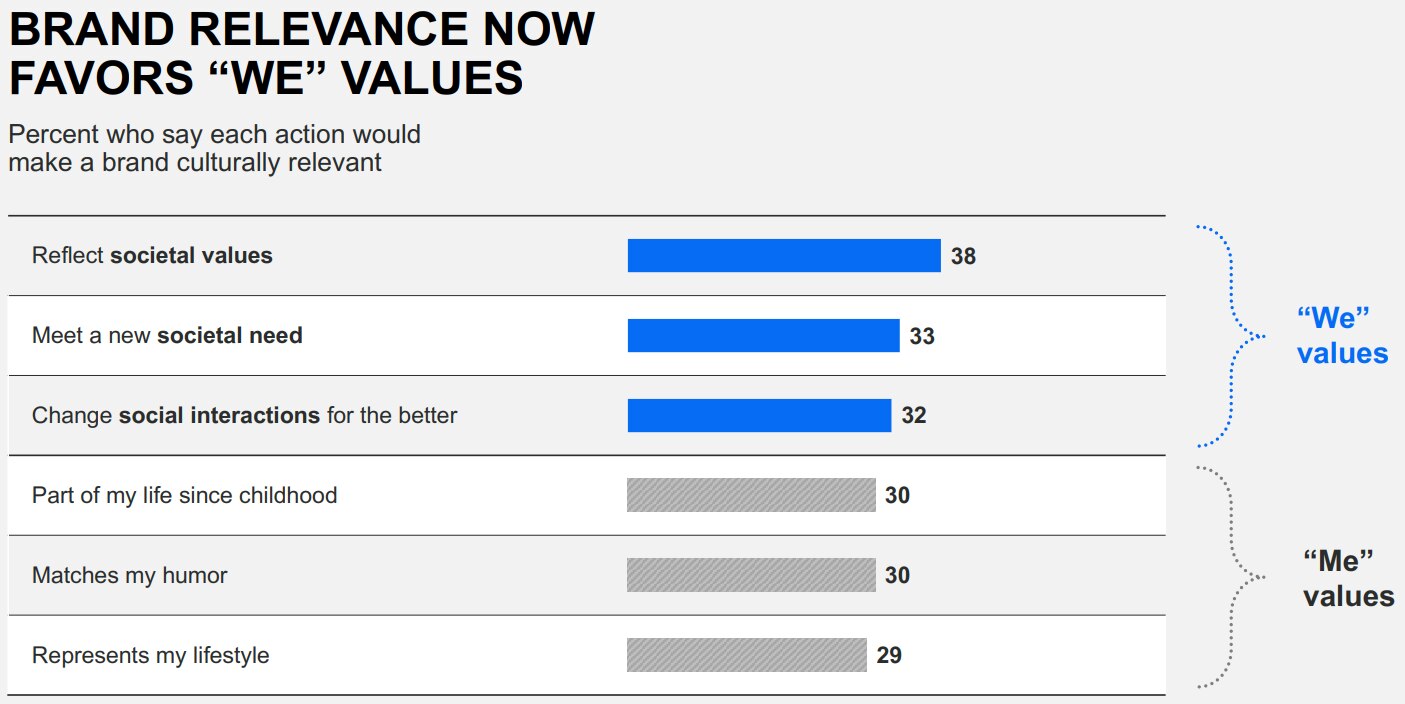
FIGURE 3 –Brand relevance is now dominated by ‘We’values
What do these results tell us? Customers, especially the younger audience, will not support any brand or company that does not align with their values and beliefs. We know that customer engagement via earned media (social, mainstream) is much higher than via paid or owned. This means that those companies that do not respond to this in a timely manner and do not adjust their policies and practices, will quickly fall behind.
However, when employed correctly, being relevant and forthcoming can lead to customers showing their appreciation through increased brand loyalty and advocacy. And as we know, loyalty is the key to sustainable growth. While democratizing the conversation around brands affects and can bring companies down, it can also help spread brand awareness and popularity. Customers are most likely to trust reviews and feedback from their peers, after all.
So how can companies and organizations optimize their Total Experience? Let's break it down into smaller chunks and steps.
The first steps
There is not one simple solution for how an organization develops and maintains relevance. This usually requires a structured transformational approach and roadmap in which I recognize a number of elements. In this blog, the focus is on brand management and hyper-personalization.
- Step 1: What do your customers say and think?
It all starts with how a brand is experienced and managed. This requires insight into the conversation around the brand, product and/or service. A variety of monitoring and analysis tools are available, so there is sure to be one for every budget. From there, a consistent voice and sound is crucial. More and more companies are building exclusive working relationships with creative agencies without compromising on the disruptive out-of-the-box thinking that these agencies provide. Finally, how do you build relevance and loyalty into how you interact with consumers? By moving away from archaic loyalty programs and adapting the personalized offer where possible, you become more relevant to your customers and increase customer trust. - Step 2: Forge a relationship
Now that brand management is in place, it's time to step into the dynamic field of building a personal relationship with customers (or citizens) through hyper-personalization.It starts with insights based on qualitative data. Bringing together relevant data is not the most appealing part of the work, but it is certainly the most essential. In recent years, especially in Europe, we have seen stricter laws and regulations regarding the handling of personal data. Companies have become more careful about the way personal information is collected, processed and distributed. At the same time, consumer data management technology shifted from CRM systems to DMPs and now to CDPs (Customer Data Platforms). Most major players in the market have their own version of this tool. With this solution, you can organize customer behavioral, transactional and demographic data and make data management significantly less tedious or risky.
- Step 3: Automated optimization!
The next step in hyper-personalization is to automate the customer journey as much as possible. Consider, for example, follow-up communication after purchase. This can also be contact at the end of a product/service lifecycle, which - if done right - can lead to a lifelong loyal customer.
What can you do now?
An excellent first action is to test the position and traction of your company or department in the field of Total Experience. As we prepare a round table discussion with clients, including some industry leaders, there is an opportunity to participate. If you are interested, please feel free to contact me.
Even if you already know what you need to or will do, but would like to discuss specific challenges, it makes sense to partner with CGI experts who can provide relevant experience to help you assess options and avoid potential pitfalls. My colleagues or myself would be happy to get in touch with you for a no-obligation exploratory conversation about how best to optimize the value of Total Experience in your organization.
[1] CGI Voice of Our Clients, Actionable insights for industry best practices @ https://www.cgi.com/nl/nl/voice-of-our-clients
[2] Gartner blog, Jason Wong, Success in the Digital Experience Economy Requires “Total Experience” @ https://blogs.gartner.com/jason-wong/success-in-the-digital-experience-economy-requires-muce/
[3] Gartner, Top Strategic Technology Trends for 2022 @ https://www.gartner.com/en/information-technology/insights/top-technology-trends/top-technology-trends-ebook
[4] 2021 Edelman Trust Barometer Special Report, Trust The New Brand Equity @ https://www.edelman.com/sites/g/files/aatuss191/files/2021-06/2021%20Edelman%20Trust%20Barometer%20Specl%20Report%20Trust%20The%20New%20Brand%20Equity.pdf


